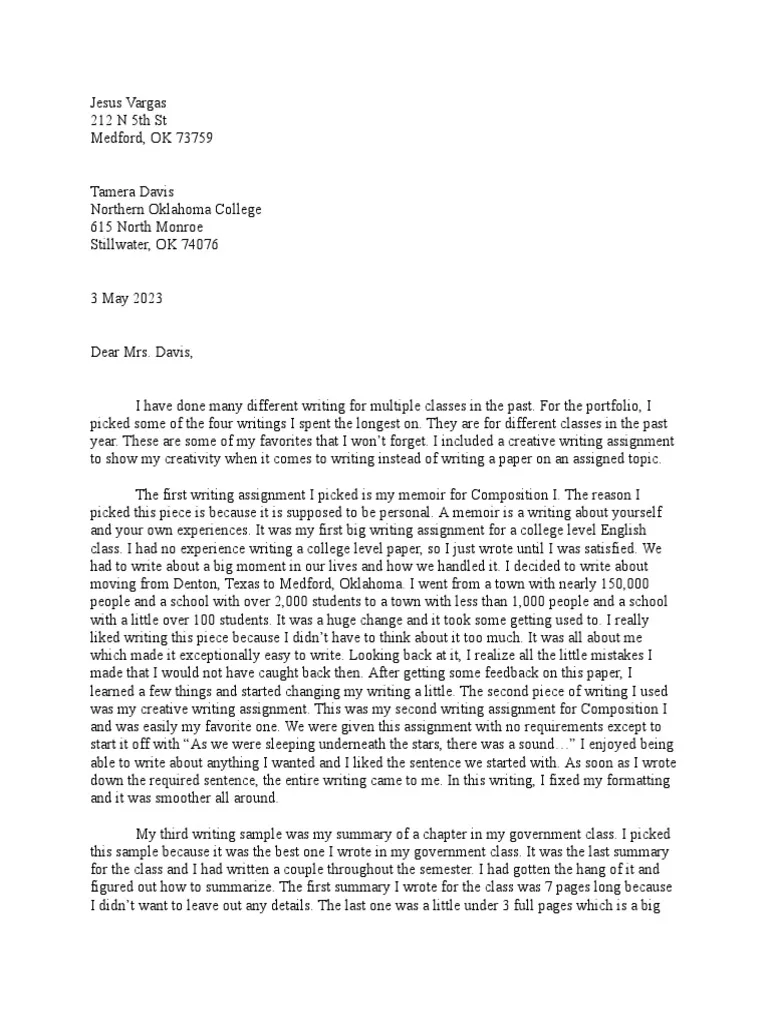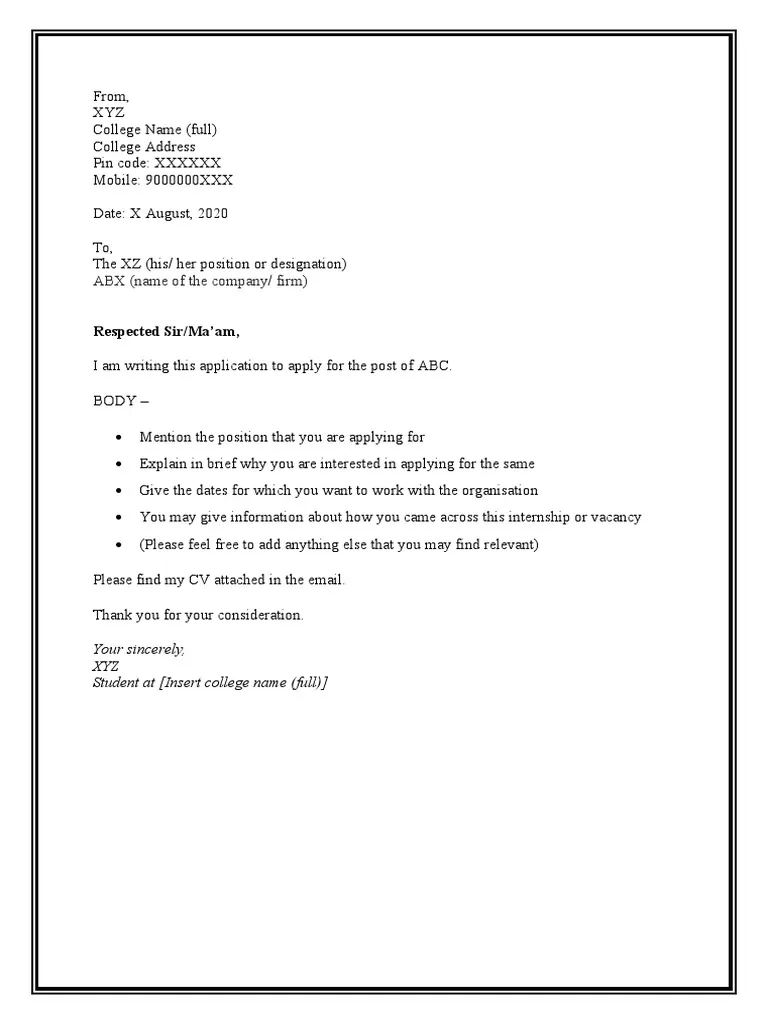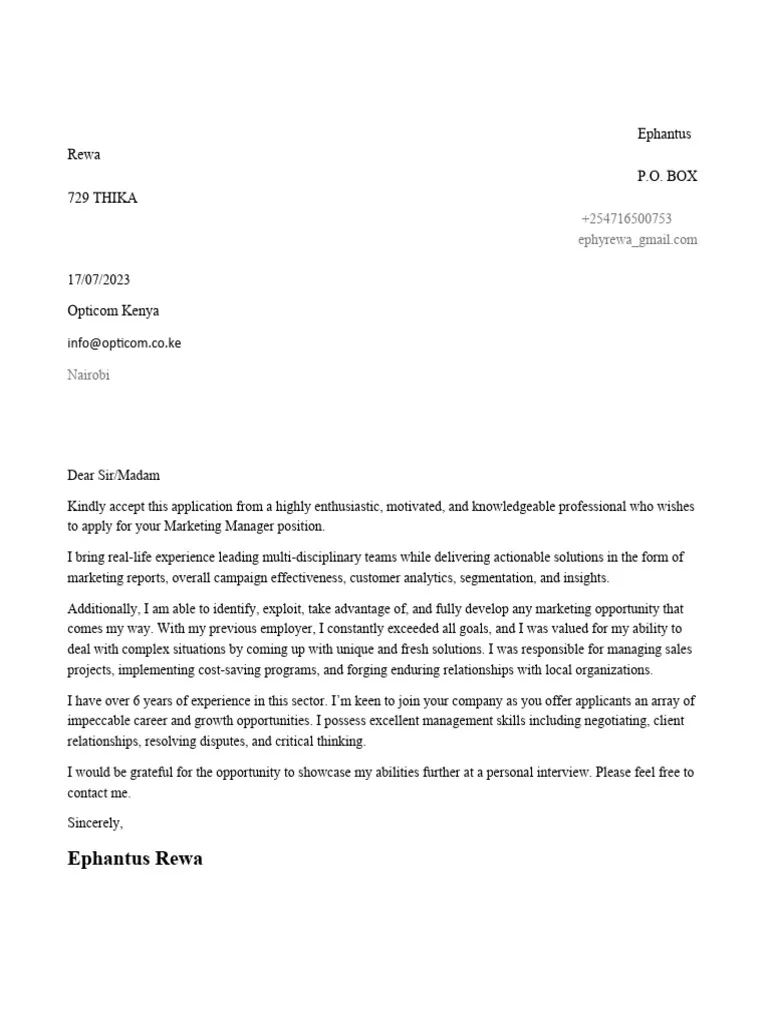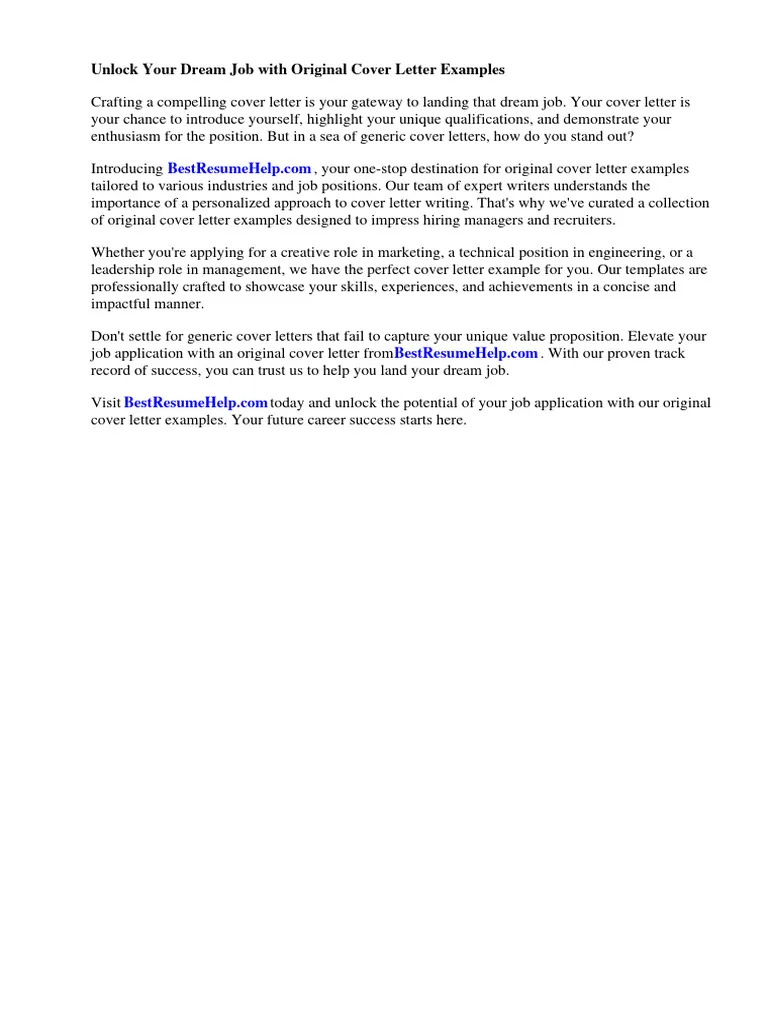The golf swing, a complex dance of motion and precision, is a pursuit that challenges and captivates players of all levels. Whether you’re a seasoned pro or a weekend warrior, the quest for a perfect golf swing is a journey filled with constant learning and refinement. While there’s no single secret to success, mastering certain key elements can significantly improve your game. This guide will provide you with seven essential tips designed to help you perfect your golf swing, leading to greater distance, accuracy, and ultimately, more enjoyment on the course.
Grip It and Rip It
Your grip is the foundation of your golf swing, the only point of contact you have with the club. A correct grip promotes control, power, and consistency. The grip should feel comfortable yet secure, allowing you to maintain the clubface angle throughout the swing. Experimenting with different grip styles can help you find one that suits your individual preferences and playing style, but always prioritize a grip that facilitates proper wrist hinge and clubface control. Many golfers overlook the importance of the grip, but mastering this fundamental aspect can revolutionize their game.
Proper Hand Placement
Hand placement is crucial for grip success. The most common grip is the overlapping grip, where the little finger of the right hand (for a right-handed golfer) overlaps the index and middle fingers of the left hand. Alternatively, you can use the interlocking grip, where the little finger of the right hand interlocks with the index finger of the left hand. Another option is the baseball grip, where all ten fingers remain on the club. Whichever grip you choose, ensure that the club sits in the fingers of your left hand and across the fingers of your right hand, promoting a natural release and better control.
Avoiding Common Grip Mistakes

Several grip mistakes can severely impact your swing. Avoid gripping the club too tightly, which leads to tension and reduces clubhead speed. A grip that is too weak (left hand rotated too far left) can cause slices, while a grip that is too strong (left hand rotated too far right) can lead to hooks. Finding the right balance and practicing your grip with an awareness of these common mistakes is essential to building a consistent and powerful swing. Regular self-assessment and perhaps feedback from a golf instructor can help you identify and correct any grip-related flaws.
Stance and Posture
Your stance and posture form the base of your swing, influencing balance, power, and swing path. A solid stance allows you to transfer your weight efficiently and generate maximum clubhead speed. Proper posture promotes a free and natural swing motion, reducing the risk of injury. This is the second most important part for a great golf swing. With an open stance, golfers can bring more power and consistency to the swing.
Achieving a Balanced Stance
A balanced stance begins with your feet shoulder-width apart, with a slight bend in your knees. Your weight should be evenly distributed between both feet, ready for the weight transfer required during the swing. Ensure your spine is straight, and your shoulders are relaxed. A balanced stance provides a stable base and enables you to rotate your body smoothly and efficiently throughout the swing. Maintaining this balance even as you shift your weight is key.
Posture The Key to a Powerful Swing

Good posture involves maintaining a slight bend at your hips, allowing your arms to hang naturally. Your back should remain straight, avoiding any hunching or excessive arching. Your chin should be up, allowing you to see the ball and rotate your shoulders freely. Proper posture promotes a full shoulder turn and allows your arms to swing freely. A well-balanced posture can improve your swing in so many ways, from the way you generate power, to the consistency of your contact with the ball.
Backswing Basics
The backswing is the initial phase of your golf swing, where you move the club away from the ball and prepare for the downswing. A proper backswing sets the stage for power and accuracy. It’s crucial to build width and control in the backswing, establishing the momentum needed for a powerful downswing. Focus on a smooth, controlled motion, and avoid any jerky movements that can disrupt your rhythm. The backswing is where you build the potential energy that will be released at impact.
Creating a Wide Backswing Arc
A wide backswing arc is essential for generating power. To create this arc, focus on taking the club back in a wide motion, keeping your arms extended and your wrists relatively flat early in the swing. This wide arc allows you to generate more clubhead speed on the downswing. Avoid a narrow backswing, which can restrict your motion and limit your power. Creating the wide arc in the backswing is key to a good golf swing, and something you should aim for every time you play.
Maintaining Wrist Hinge

Wrist hinge, the bending of your wrists during the backswing, is crucial for creating power. As you swing the club back, allow your wrists to hinge naturally. This will store energy and create a wider swing arc. Maintain the wrist hinge throughout the backswing and into the transition to maximize your power. Avoid excessive wrist movement, which can lead to inconsistency. Focus on a controlled and deliberate hinge to maximize your swing efficiency.
Downswing Mastery
The downswing is the most dynamic phase of the golf swing, where you unleash the power generated during the backswing. A controlled and efficient downswing is critical for achieving a solid impact and sending the ball towards the target. It is also important to remember the weight transfer. Mastering the downswing involves a sequence of movements that starts from the ground up, coordinating your lower body, core, and arms. Practice can turn this dynamic move into a second nature for you.
Initiating the Downswing from the Ground Up
The downswing should begin with a weight shift from your right side (for a right-handed golfer) towards your left side. Initiate the downswing with your lower body, allowing your hips to rotate and your weight to shift. This sequence helps to create a powerful and efficient swing, preventing the all-too-common “over-the-top” move. The lower body starts, and everything follows, which makes for a consistent and powerful swing. Keep your body moving towards the target.
Generating Clubhead Speed

Generating clubhead speed is the ultimate goal of the downswing. As your weight shifts and your hips rotate, allow your arms to swing freely, and release the stored energy. Focus on maintaining a good tempo and avoiding any jerky movements. A smooth, controlled downswing will translate into maximum clubhead speed. A controlled downswing will produce a more consistent outcome as well. This is another key element of the swing.
Impact and Follow-Through
Impact is the moment of truth in golf, where the clubface meets the ball. A solid impact is essential for distance, accuracy, and overall ball flight. The follow-through is the continuation of the swing after impact, guiding the club through its natural path. Refining these phases is crucial for consistent and satisfying results.
Achieving a Solid Impact
At impact, your hands should be ahead of the clubhead, compressing the ball. Your weight should be transferred to your front foot, and your body should be rotating towards the target. Maintain your wrist hinge until the moment of impact. A solid impact ensures that you make contact with the ball on the clubface’s sweet spot. It’s something that golfers of any skill level want.
The Importance of Follow-Through

The follow-through is just as important as the impact. After impact, allow your arms to swing freely, and your body to rotate naturally towards the target. Your weight should be fully transferred to your front foot, and your belt buckle should be facing the target. A full follow-through indicates a good swing path and ensures that you’ve maximized your potential. The follow-through is an important part of the swing.
Practice Drills and Techniques
Regular practice is the key to improving your golf swing. Incorporating various drills and techniques into your practice routine can help you reinforce proper fundamentals and correct any flaws. Experiment with different drills that focus on specific aspects of your swing, such as grip, posture, or backswing. Practice is key to learning how to perfect your golf swing. Also, it is important to practice the mental aspect of the game.
Using Alignment Sticks Effectively
Alignment sticks are an invaluable tool for practicing your swing. Use them to check your alignment, swing path, and clubface angle. Place alignment sticks on the ground to create a visual aid for your stance and ball position. Practice swinging along the path indicated by the alignment sticks to develop a consistent swing path. The alignment stick can show you if your stance is too open or closed.
Practicing with a Purpose

Avoid mindless practice, and focus on specific areas of your swing that need improvement. Set goals for each practice session, and track your progress. Use video analysis to identify areas where you can improve. Practice with a purpose, and you will see improvements more quickly. This also means practicing more than once a week, if possible.
Mental Game and Course Management
The mental game is a crucial aspect of golf. A strong mental approach can help you stay focused, manage your emotions, and make better decisions on the course. Developing a pre-shot routine and staying positive will significantly improve your performance. Learning how to think and approach the game is as important as having the best golf swing. It is also very important to relax when you are on the course.
Staying Focused and Positive
Golf can be frustrating, but maintaining a positive attitude is essential. Stay focused on the present shot, and don’t dwell on past mistakes. Use positive self-talk, and visualize success. A positive mindset will help you stay calm under pressure. The best players are the ones who stay positive.
Developing a Pre-Shot Routine

A pre-shot routine helps you prepare mentally and physically for each shot. Your pre-shot routine should include visualizing your shot, assessing the wind and course conditions, and selecting your club. Consistent pre-shot routines can bring you more confidence, which will translate into better shots. Have the right plan before your swing. Planning and focus are key for a great golf swing.
Perfecting your golf swing is a continuous journey, but by implementing these seven tips, you can make significant strides towards improving your game. Remember to focus on the fundamentals, practice regularly, and stay positive. With dedication and perseverance, you can transform your golf swing and enjoy greater success and satisfaction on the course.
